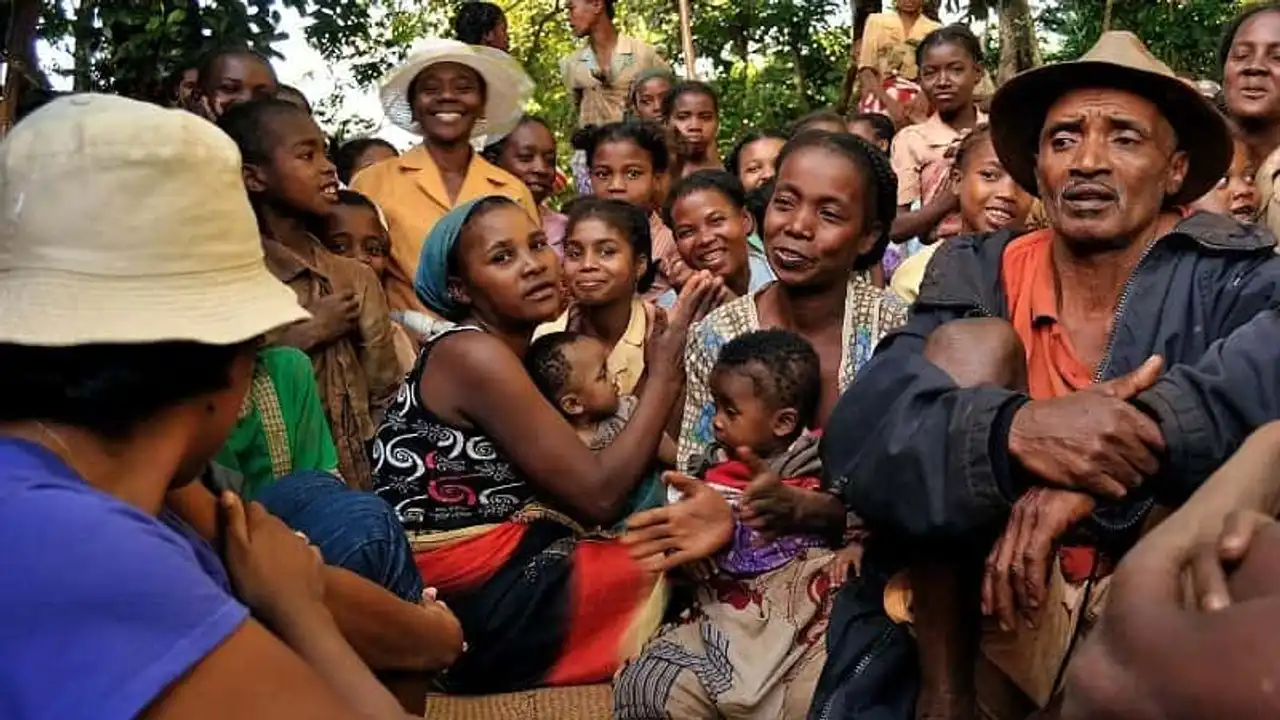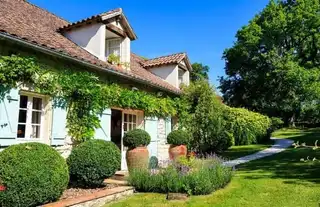Fihavanana in Madagascar: the social and economic link of rural communities.
Despite the invasion of overseas revolutionary civilizations, the Malgaches are anchored in ancient customs . This is reflected in the preservation of fihavanana. This typical Malagasy lifestyle has been regenting local community life since the night of time. In this concept, the spirit of sharing, mutual assistance and solidarity flows from a source to anyone. It instinctively generates the cohesion of all in moments of joy or pain, whatever the region.
Fihavanana in Malagasy
To Madagascar , preserving fihavanana is the concern of everyone for anything. The members of the family in the broader sense, the immediate or non-neighborhood, as well as the entire entourage, form a large community connected by the fihavanana. Everyone gives their hand to live together in harmony. Any circumstance of life that is happy or unhappy requires the assistance and contribution of all.
In return for a plate of rice or cassava, each household uses others, in turn, to carry out the work of the fields. Everyone is present at birth, marriage or death. Obtaining to notify or invite one or more individuals for any event or ceremony is inadmissible. To steal from one adidy (social obligation to others generated by fihavanana) means to deviate from others. This represents a true offence to the spirit of social cohesion.
The spirit of sharing, mutual assistance and solidarity in fihavanana
During a birth, it is usually used to visit the parturiente as soon as possible. Some bring essential puericultural products to the newborn, others offer the famous ro-patsa (bouillon aux langoustines) renowned for its virtues that favor the rise of milk. Everyone does not miss giving a little sugar, seasonal fruit, kitoza (buked meat) or money to buy what to eat and therefore boost the appetite of the mother and allow her to feed the chicken sufficiently.
To the knowledge of a death, everyone rushes to the deceased’s home to express condolences and enquire about activities in order to bury the deceased in dignity. With many village communities, there is already a pre-established division of tasks. Men are responsible for the provision of heating wood and cooking of food to be presented to the deceased's family and visitors. Women and children take care of the adequate provision of drinking water, the donation of an equal amount of rice and coffee beans. In addition to the collective famangiana where everyone makes a money contribution, each family offers a few bank notes at the heart of the home to unload it to the maximum of its penalties.
Thanks to the fihavanana, the whole hamlet is united by a strong bond of sharing, mutual aid and cohesion. He is home to a great and true family through the following proverb: « velona vay trano, maty iray fasana » (as long as we are alive that we live together in the same home, at death we share a single tomb). In all cases, new ones are always welcome in community life in Madagascar.
Main photo credit: Public Domain Image – Jules Bosco








Loading comments ...